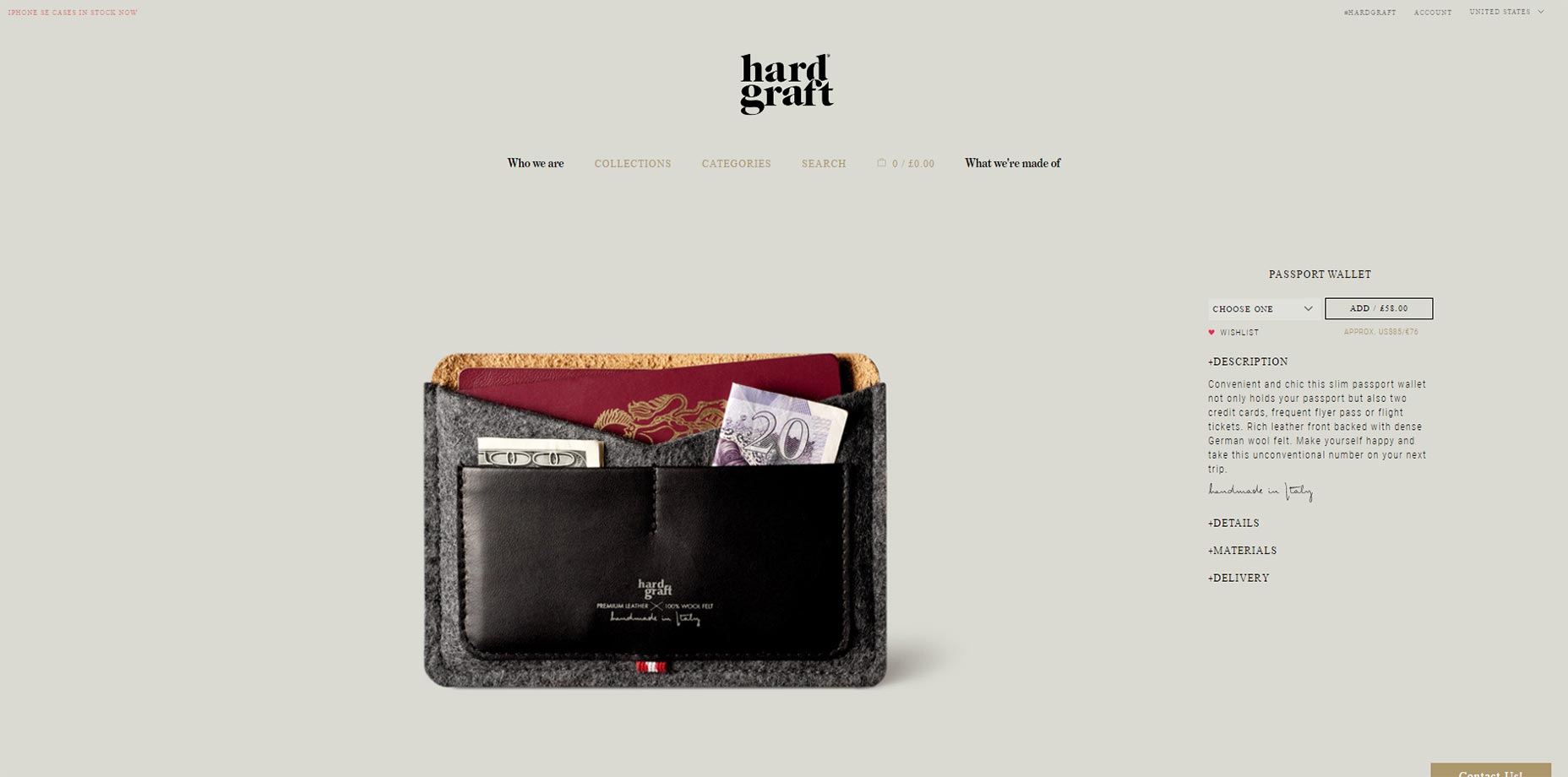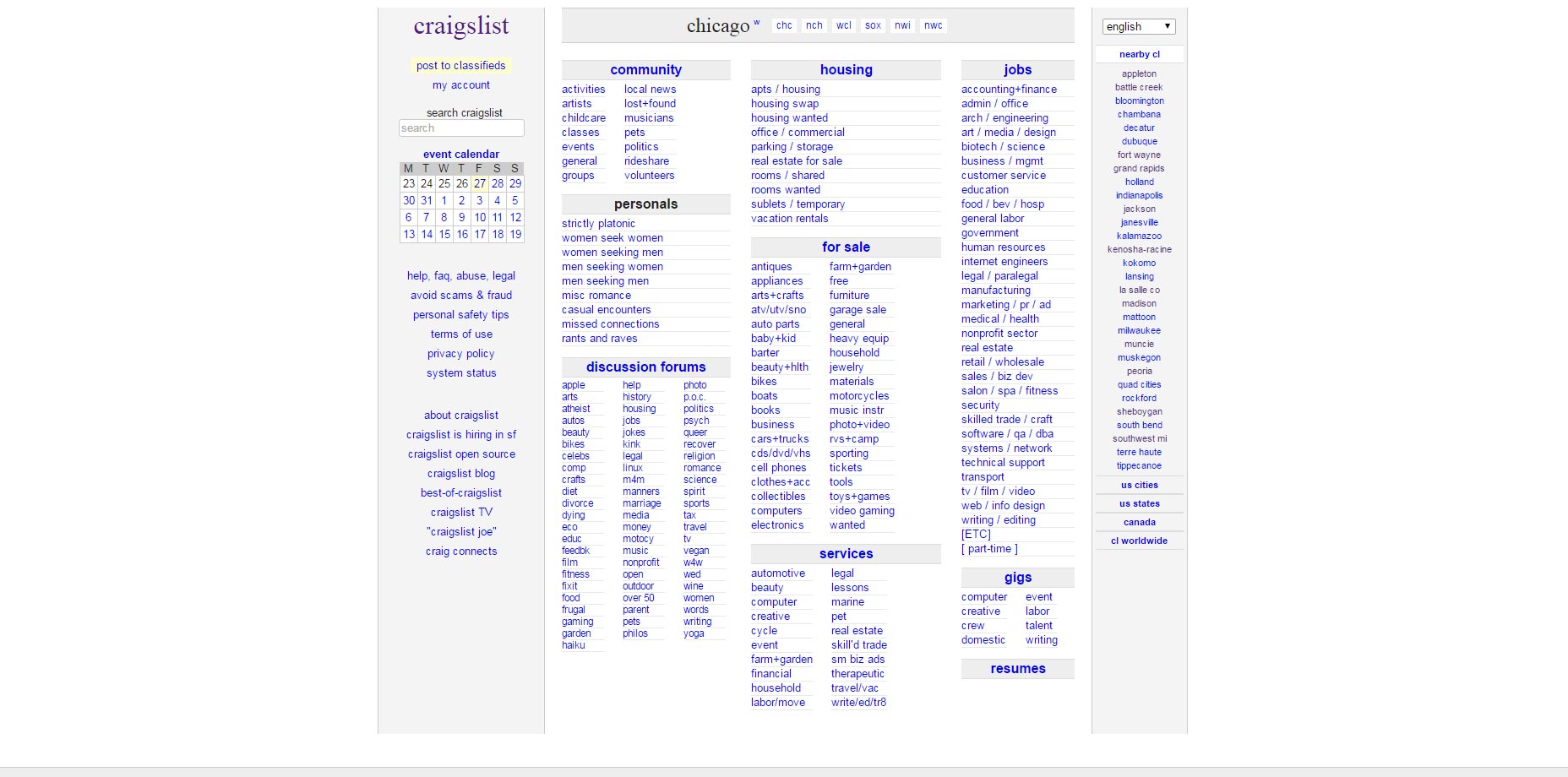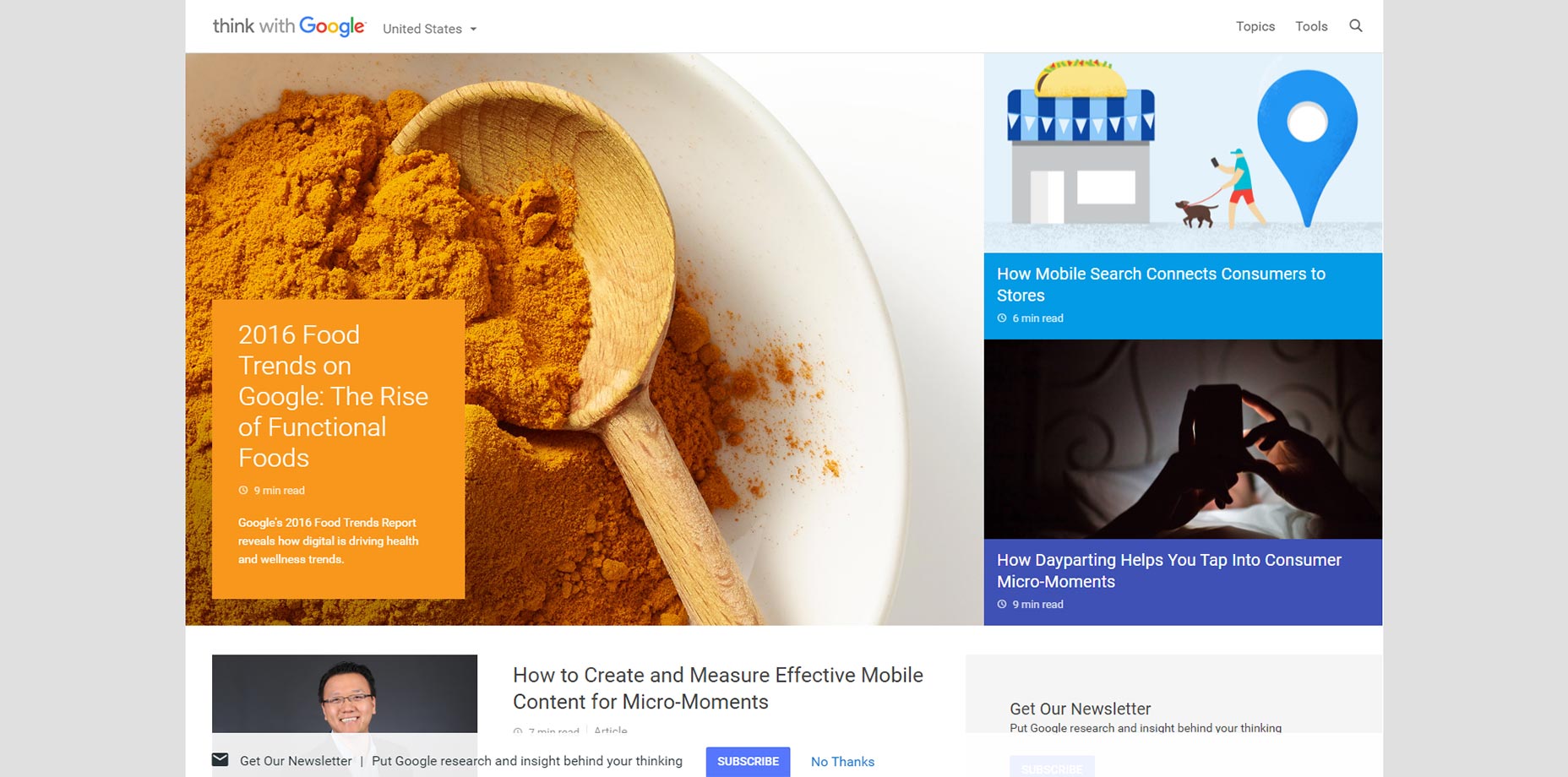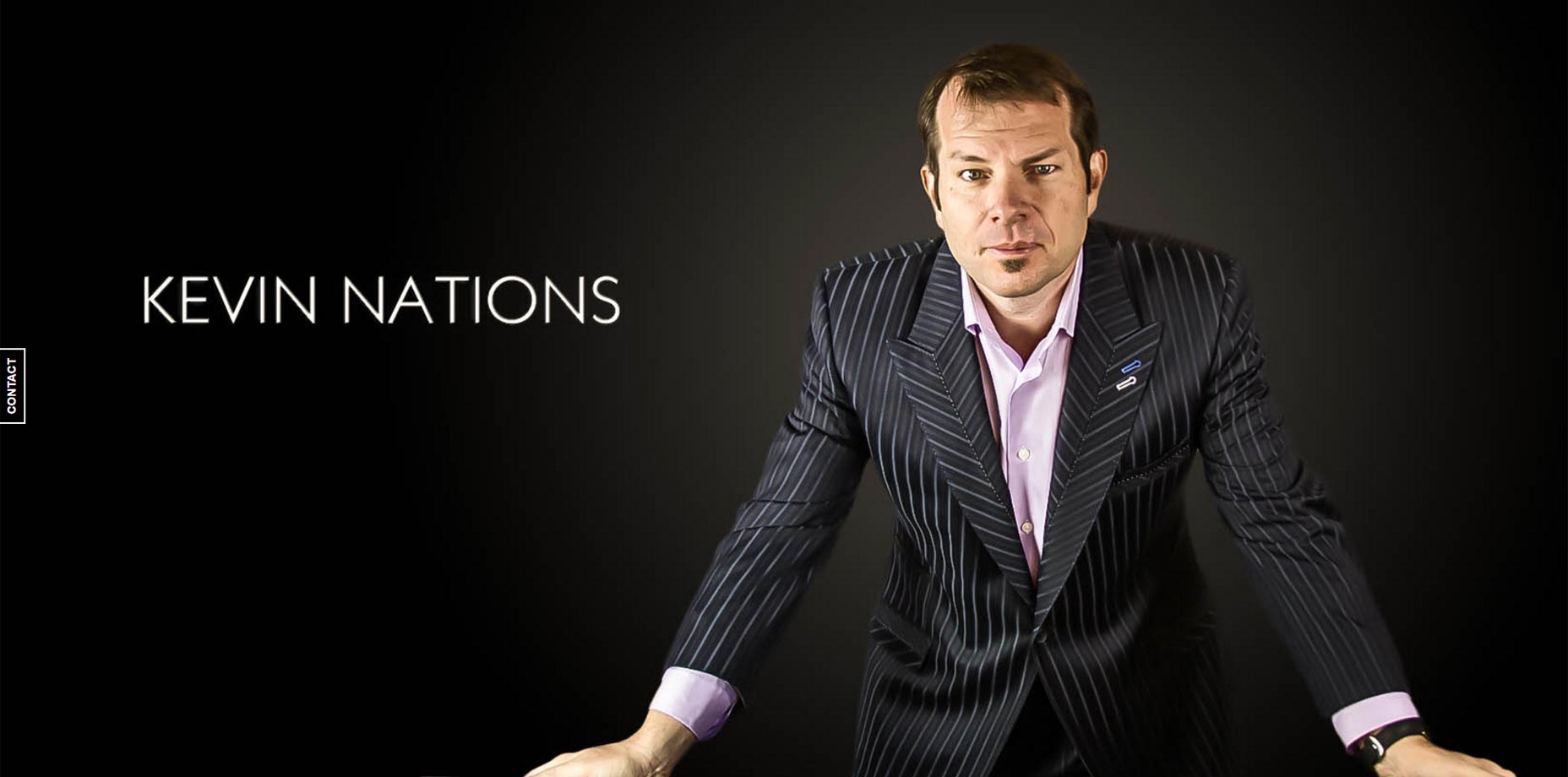
Why clients ask for revisions
When it comes to decision making, personality definitely plays a big role. But there are two important factors that play an even bigger role. Optimizing your process around these two factors can create a dramatic increase in client happiness and a reduction in the amount of revisions you receive. So what are they?- Temperament—your client’s nature, disposition or behavioral habits;
- values—this is more about their worldview and (much) less about morality or ethics.
There are 4 basic temperaments
Controling temperament:- are natural born leaders;
- preoccupied with being in charge;
- a love for challenges and problems, they gain energy from conflict;
- often feels threatened by questions;
- want it now, get to the point, give me the bottom line.
- they just want to enjoy themselves;
- will ignore details and fine print;
- love the spotlight but avoid confrontation;
- struggle with respecting boundaries;
- they want choices and options, but loathe limits.
- keep their emotions close to their chest;
- singularly focused on making it perfect or getting it right;
- they’re careful, methodical and deep thinkers;
- they’re logical, often using facts, statistics, data to convince others;
- they have very high standards, love rules and crave consistency.
- are loyal—once you’re in, you’re in;
- are relationship experts, they’re loving, kind and compassionate;
- they don’t like change;
- they will avoid confrontation at all costs, regardless of the medium;
- struggle with indecisiveness and procrastination.
Then there’s our value systems
Eduard Spranger, a German philosopher and psychologist identified the six value systems that determine how we view the world. Theoreticals are people who have an intense desire to search for, absorb and share knowledge:- driven to learn;
- love to teach and share knowledge;
- lifelong learners, viewing the world as one big classroom.
- singularly focused on the return, “what’s in it for me?”;
- every decision is analyzed through the lens of “what’s the payoff?”;
- obsessed with measuring success.
- interested in and focused on beauty, regardless of the medium;
- their definition of beauty tends to be highly subjective;
- how it looks, how it’s presented, is their first priority.
- focused on how every choice or decision affects others;
- they’re “other” focused, with little to no focus on themselves;
- driven to “do good” for others.
- spend their time on activities that feed their ego and desire for significance;
- want the credit for anything noteworthy; crave awards, recognition and status;
- they’re driven to achieve and are often perceived as arrogant.
- believe objective rules and standards must be followed without question;
- focused on “the right way” and “the wrong way” of doing things;
- want what they perceive to be the best for others but may come off as harsh and judgmental.
Step 1: Ask the right questions
High quality clients love thoughtful questions. As it turns out, these clients are also the ones who spend lots of money on repeat projects. So what kind of questions do you ask?- Desires: most of the time, clients have a deeper reason or desire for the things they want; they want to expand their business, more time with family, freedom, launch a new product line, etc.
- Goals: what do they have to do to achieve their desires? Double sales by 23 percent, hire 10 new employees? Increase web traffic by 117 percent in 6 months? Whatever it is, it’s specific.
- Fears and Frustrations: are they afraid customers will hate the design they’ve paid you for? That their offer will fall flat? That the site won’t perform well?
- Vision: what does the end product look like? How do they see it working? What do customers think and feel about it? What do they see?
- Outcome: how does their new design perform? Do they overcome the fears and failures of the past? How is this change received?
Step 2: Compartmentalize decision points
“Control” clients want you to get to the point. “Perfectionist” clients freeze under pressure. “Peaceful” clients struggle with indecisiveness. How do you deal with these challenges? You compartmentalize. Ask clients to approve/work on the tiny decisions. First the standard stuff:- create a top 10 list of features (e.g. must haves for launch);
- credentials and access info;
- sitemaps, wireframes, etc.
Step 3: Combine decision points to create the “perfect” design
The right design blends everything from steps one and two together in one cohesive look. And that’s the catch, the perfect design should be filtered through their temperament and values. Can you spot the temperaments and values in the design? Utilitarian + Perfect Utilitarian + Control
Utilitarian + Control
 Aesthetic + Perfect
Aesthetic + Perfect
 Theoretical + Perfect
Theoretical + Perfect
 Individualistic + Control
Individualistic + Control
 These designs convey professionalism, but there’s more being communicated. Can you see how the temperaments and values, intangible details, shine through? These are the skills top tier clients want.
Skill is the starting point, knowledge is mandatory, but wisdom makes you invaluable.
These designs convey professionalism, but there’s more being communicated. Can you see how the temperaments and values, intangible details, shine through? These are the skills top tier clients want.
Skill is the starting point, knowledge is mandatory, but wisdom makes you invaluable.
Step 4: Use the right temperaments and values to share the design
This is the part where things get off track. You’ve created the perfect design. You’re excited, the client is excited. They’re ready for the big reveal. You share it with them, and they’re unhappy: “I mean, it’s ‘nice’ it’s just that something’s missing.” What. Just. Happened? When we share anything with clients we speak their language. We use their dominant temperaments and values as the filter for anything we share. Have a Utilitarian client with control tendencies? We run everything through the “return on investment” filter. We stick to the facts, and avoid gushing about the new design we’re proud of. Aesthetic client with perfect tendencies? We frame everything using the language of beauty, form and harmony. We introduce designs using lofty and high level concepts. Theoretical clients with social tendencies? We teach them about the design, explaining how it’ll bring them closer to their clients and improve morale. Doing this gives your clients closure. Presenting your work this way ties up loose ends. If there are any unanswered questions they’re flushed out. This is the part where clients feel gratitude. They feel understood and at peace. They’re ready for the next step and they’re ready for you to lead.What if they ask for revisions anyway?
It doesn’t mean you’ve failed, it just means you’ve missed something. It could be a loophole, a missed question or a tiny detail. You’ll need to find and fix the problem. What if my client just wants control? Give it to them, with controlled decisions. Do you want A or B, this or that? When they push for something you don’t offer, maintain a strong front: “I’m so sorry I’m not able to do that.” If they’re still hammering you for control, tax them. Make it painful (financially) for them to get what they want. This financial motivation is great for the “let’s just see what these 15 additional versions would look like” clients. What if you don’t speak “client”? If you’ve asked the right questions you have your translator. Go back over their answers to find what you’re looking for (e.g. values, temperament, goals, etc.).Unhappy clients create revision loops
You won’t be sucked into an endless cycle of revisions, edits and corrections if you speak their language. Ask the right questions and your client will tell you who they are. Take the time to listen and they’ll give you everything you need to create amazing work on demand. Do that and your portfolio will be filled with happy clients who see that you understand them. Continue to serve them and repeat clients become the norm. You’ll avoid revision loops and the never ending nightmare of unhappy clients. Client happiness guaranteed.Andrew McDermott
Andrew McDermott is the co-founder of HooktoWin.com. Want an unlimited supply of free leads for your freelance business? Download your copy of The Dragnet Method.
Read Next
15 Best New Fonts, July 2024
Welcome to our monthly roundup of the best fonts we’ve found online in the last four weeks. This month, there are fewer…
By Ben Moss
20 Best New Websites, July 2024
Welcome to July’s round up of websites to inspire you. This month’s collection ranges from the most stripped-back…
Top 7 WordPress Plugins for 2024: Enhance Your Site's Performance
WordPress is a hands-down favorite of website designers and developers. Renowned for its flexibility and ease of use,…
By WDD Staff
Exciting New Tools for Designers, July 2024
Welcome to this July’s collection of tools, gathered from around the web over the past month. We hope you’ll find…
3 Essential Design Trends, July 2024
Add some summer sizzle to your design projects with trendy website elements. Learn what's trending and how to use these…
15 Best New Fonts, June 2024
Welcome to our roundup of the best new fonts we’ve found online in the last month. This month, there are notably fewer…
By Ben Moss
20 Best New Websites, June 2024
Arranging content in an easily accessible way is the backbone of any user-friendly website. A good website will present…
Exciting New Tools for Designers, June 2024
In this month’s roundup of the best tools for web designers and developers, we’ll explore a range of new and noteworthy…
3 Essential Design Trends, June 2024
Summer is off to a fun start with some highly dramatic website design trends showing up in projects. Let's dive in!
15 Best New Fonts, May 2024
In this month’s edition, there are lots of historically-inspired typefaces, more of the growing trend for French…
By Ben Moss
How to Reduce The Carbon Footprint of Your Website
On average, a web page produces 4.61 grams of CO2 for every page view; for whole sites, that amounts to hundreds of KG…
By Simon Sterne
20 Best New Websites, May 2024
Welcome to May’s compilation of the best sites on the web. This month we’re focused on color for younger humans,…














